Your Cart is Empty
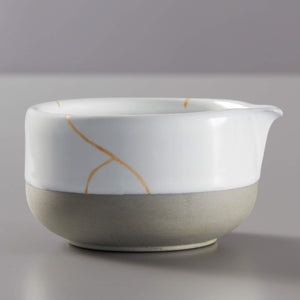
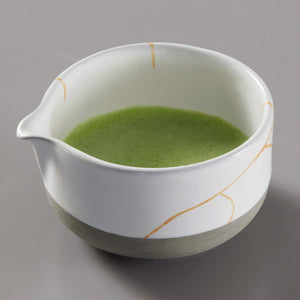
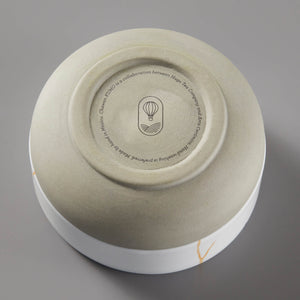
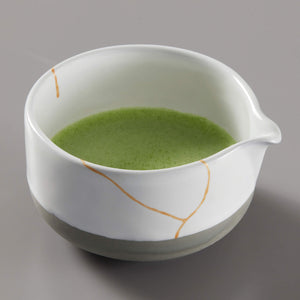
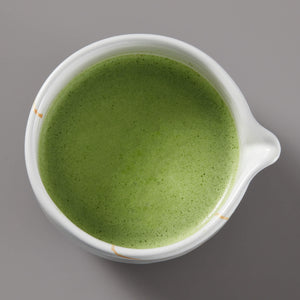
Sold out
Matcha Bowl KUMO
$42.00
Matcha Bowl KUMO is our house chawan (“tea bowl”). An essential tool in the preparation of matcha, a chawan's specific dimensions, clay composition, and other fine details determine its overall quality. For our first and only custom bowl, we collaborated with Arta Cerámica, a studio producing fine pottery in the La Obrera neighborhood of Mexico City for nearly two decades. Here, our partners Gloria Rubio and Marta Ruiz oversee the making of KUMO.
"Cloud” in Japanese, KUMO is designed to our spec after testing dozens of bowls on our cupping table and consulting professional baristas. A Hugo chawan had to be perfect for traditionalist usucha ("thin tea") and koicha ("thick tea"), and make prep for latte-bound matcha a cinch for baristas, a joy to use and pleasure to view. Its floor is wide enough to facilitate the whipping action of a chasen (but not so wide as to create splashing), and its smooth-pour spout makes finished matcha easy to transfer to cups or glasses. It is completely food-safe, and while hand washing is preferred, handles a vigorous machine washing with ease.
KUMOis composed of high-temperature "ball clay", with non-reactive vitreous glass glazing the top 2/3 of each bowl. Each bowl is fired in three phases; first, in a range of 1664ºF - 1700ºF (907ºC - 927ºC), called the “bisque” firing. This removes water and organic matter from the clay. Then, a firing at 2193ºF - 2262ºF (1200ºC - 1239ºC), to vitrify the glaze. Lastly, the text decal is positioned on the underside, and the bowl is fired at a balmy 1394ºF - 1484ºF (756ºC - 806ºC) to fuse the decal to the clay. The gold streaks are hand-painted with food-grade mineral pigments on each bowl. We left the bottom segment unglazed in appreciation of the inherent beauty and fine texture of Arta's chosen clay.
The final version of KUMO is 3D-printed. After sketches, color coding, digital rendering, and enough rough drafts to fill our tiny office, the master mold (15% larger than the final piece to account for shrinkage in cooking) was cast. From this, a mere 100 bowls can be produced. Each additional run will contain slight differences that capture the nature of the clay and the work of the hands molding it; variation should be celebrated.





